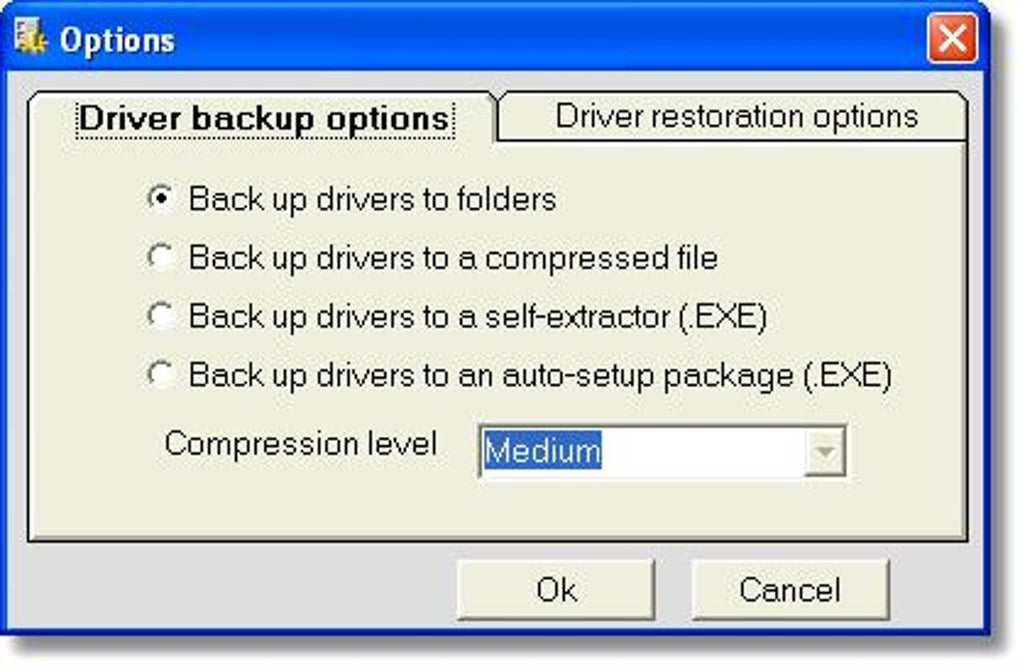



The technique is applicable to tuned free-piston drivers with a simple area change, as well as those using orifice plates. Since the driver gas is typically helium, or a mixture of helium and argon, and the test gas is also helium, ideal gas assumptions can be made without significant loss of accuracy. The measured shock speeds have then been used to calculate the effective driver gas pressure and temperature after diaphragm rupture. In this study, two tuned driver conditions in the X2 expansion tube have been used to generate shock waves through a helium test gas. However, in practise, these averaged values need to produce sufficiently accurate estimates of performance. For the purposes of flow condition development and parametric studies, it is useful to establish some average working values of the driver pressure and temperature for a given driver operating condition. Tuned free-piston driver operation involves configuring the driver to produce a relatively steady blast of driver gas over the critical time scales of the experiment. Free-piston driver performance characterisation using experimental shock speeds through helium


 0 kommentar(er)
0 kommentar(er)
